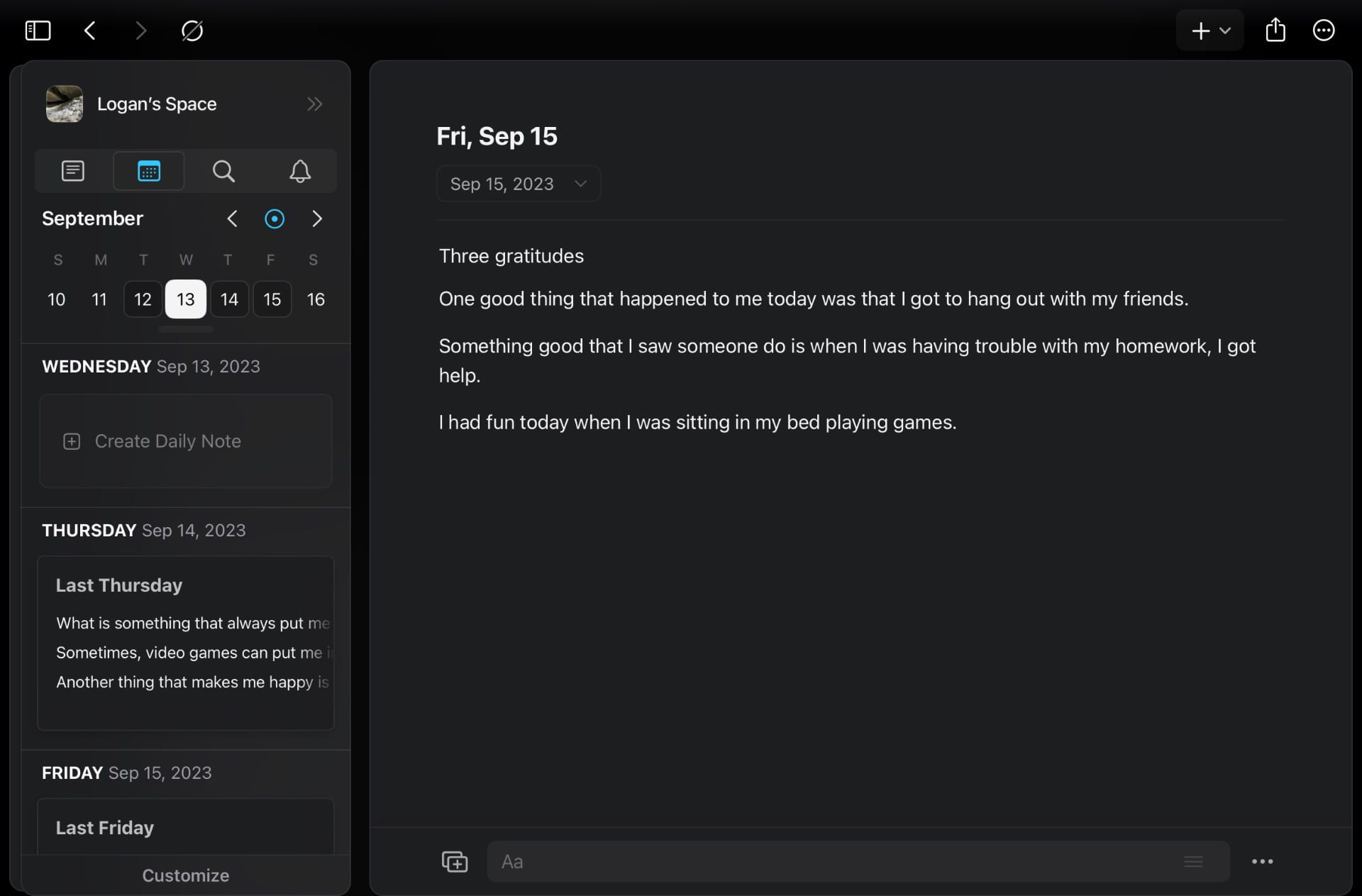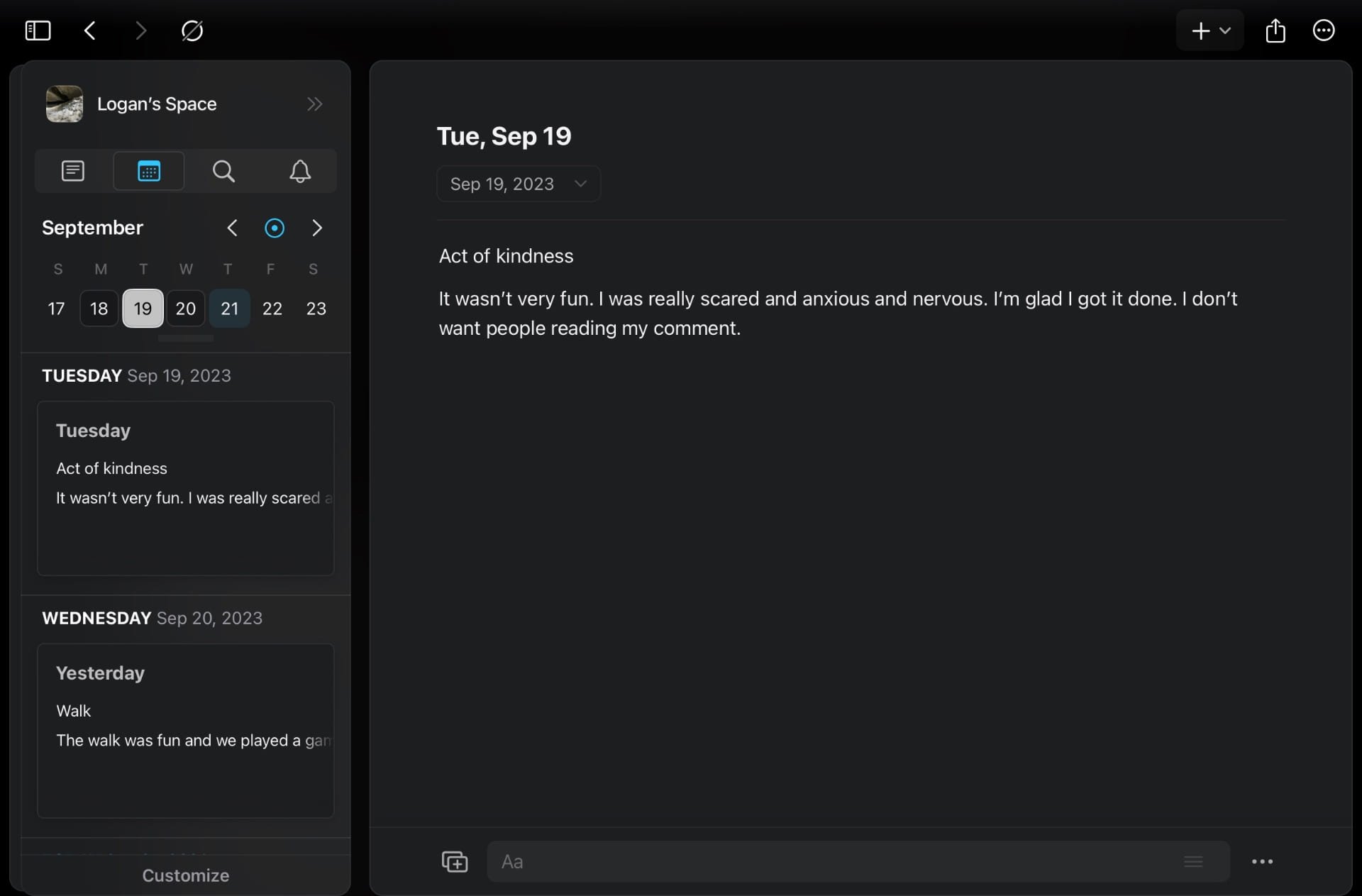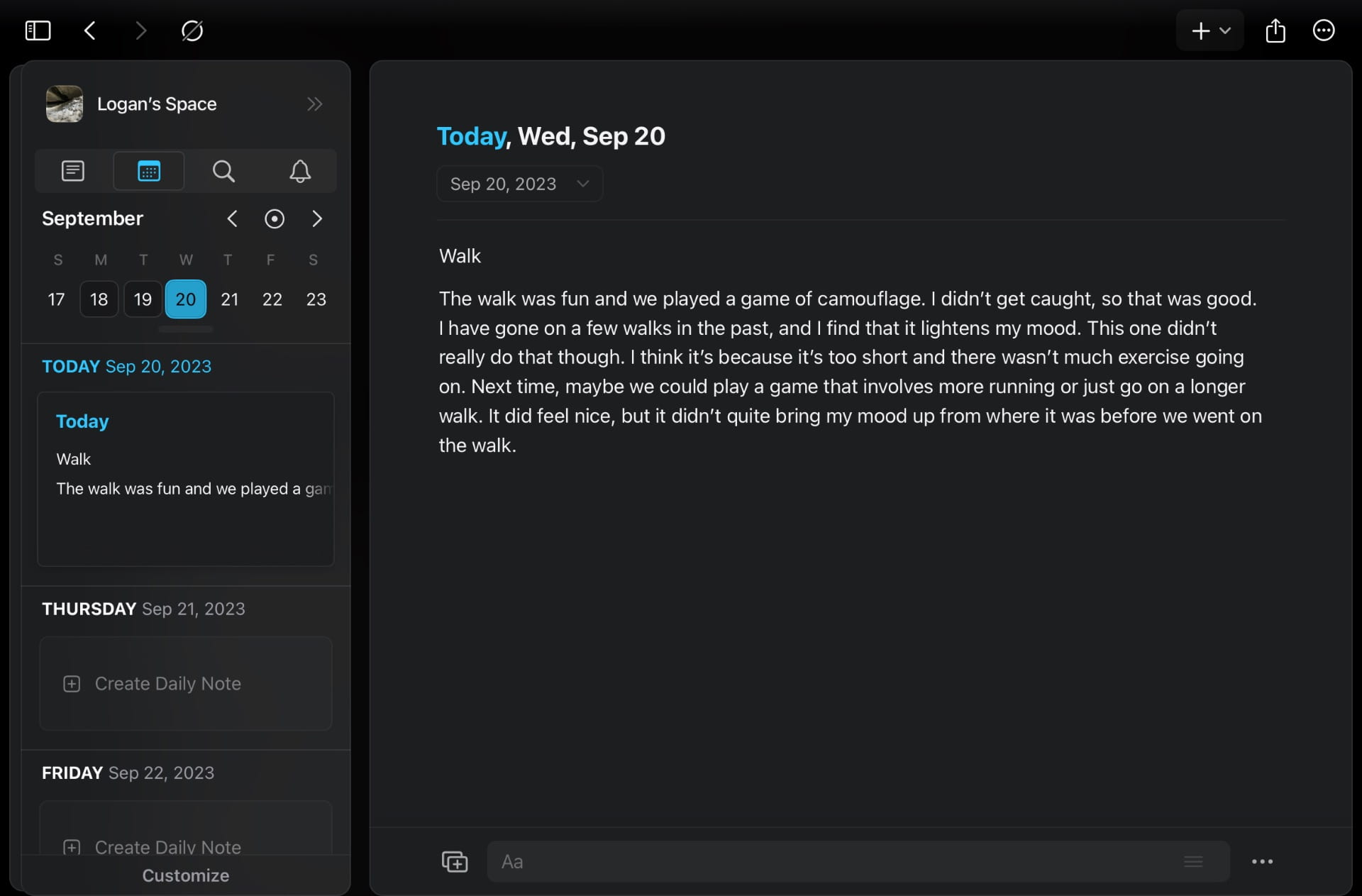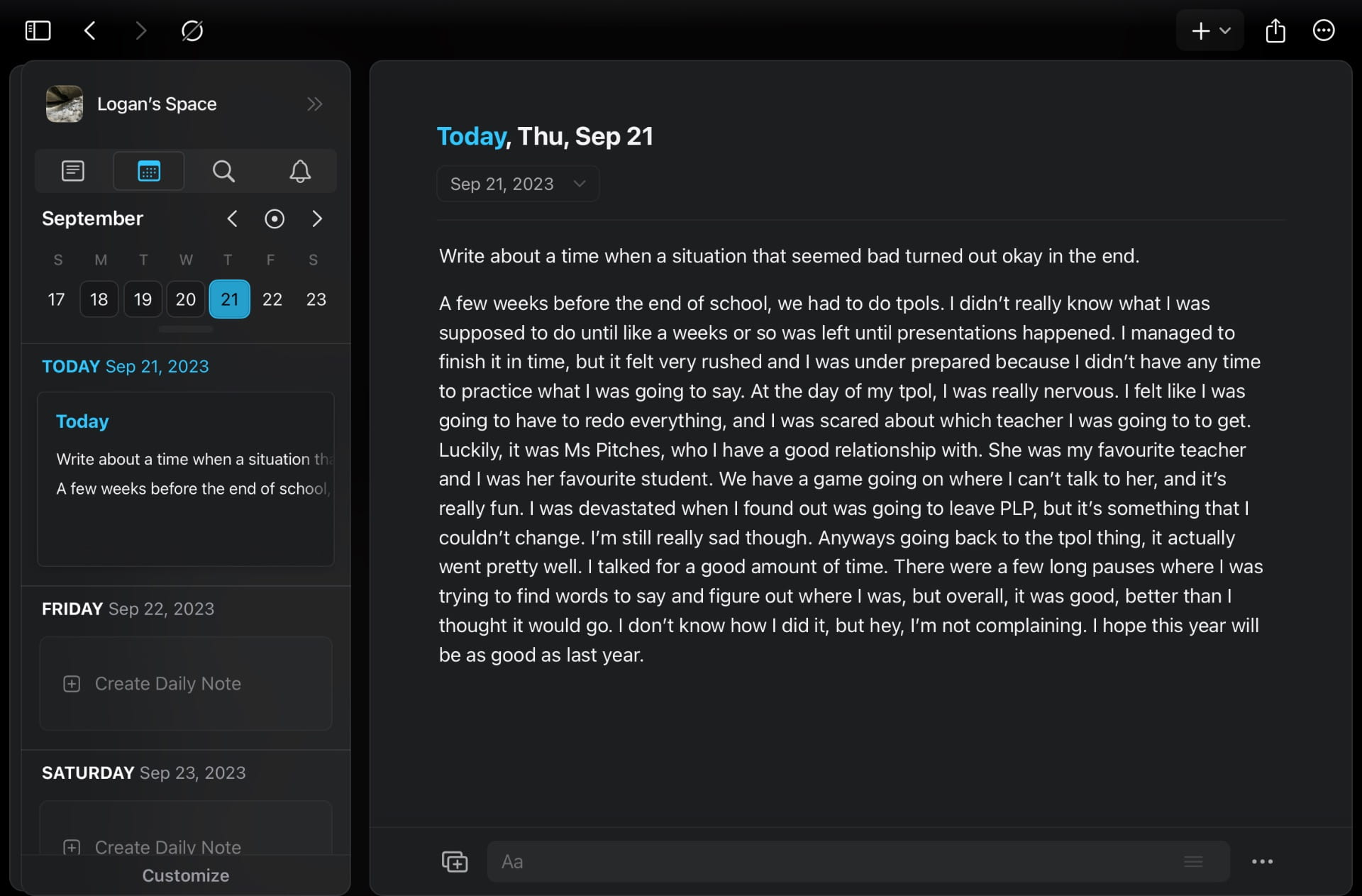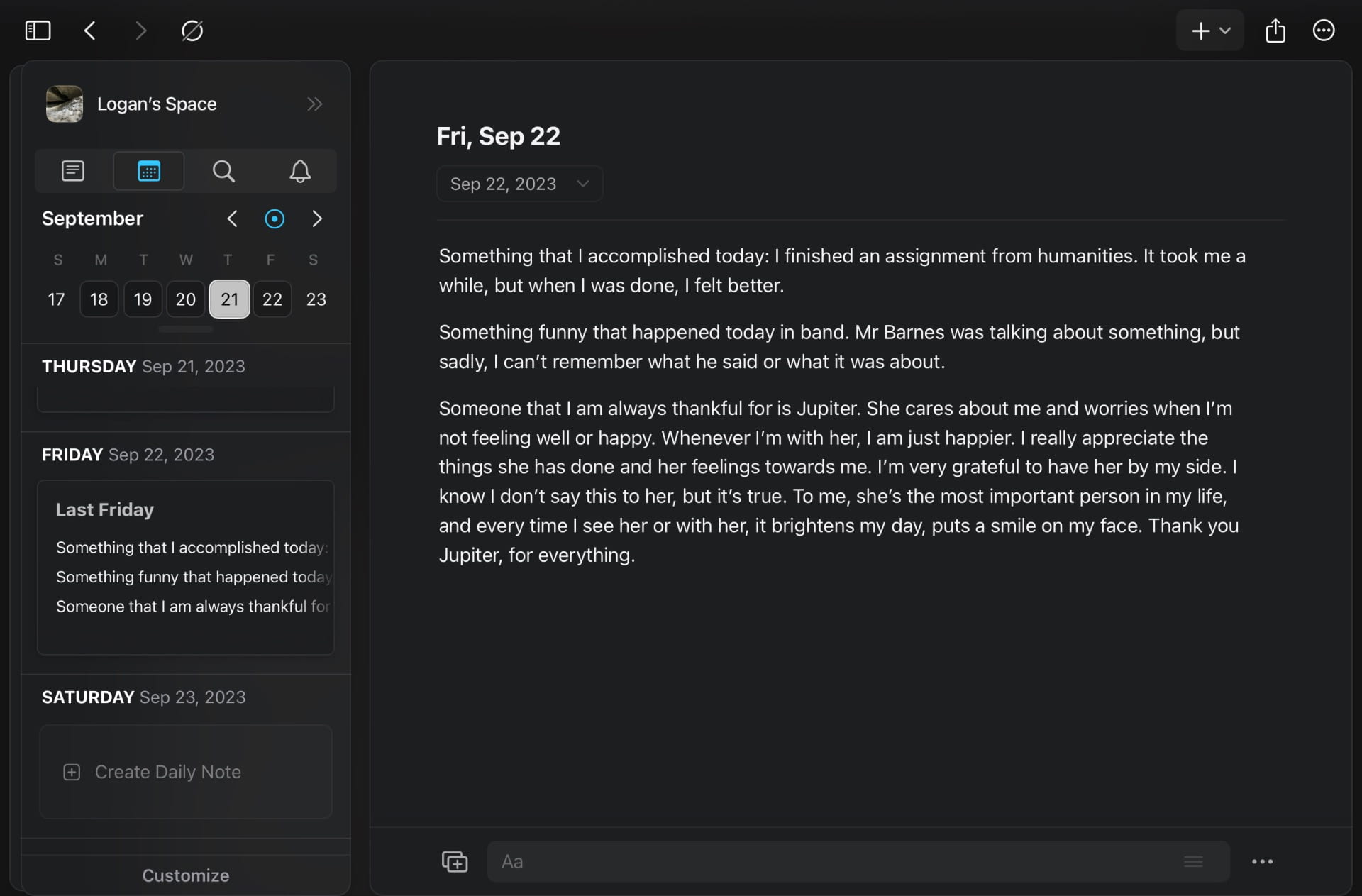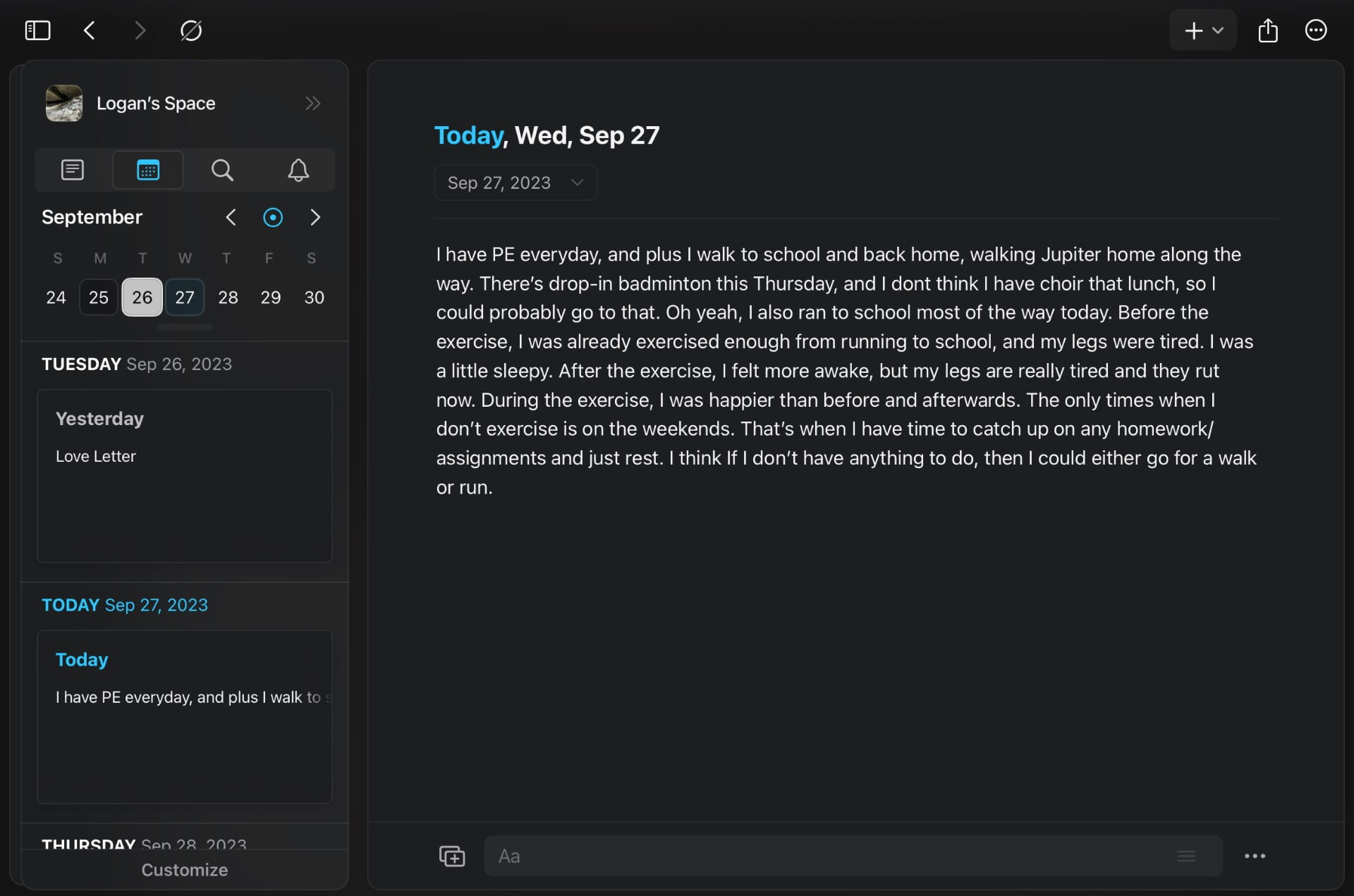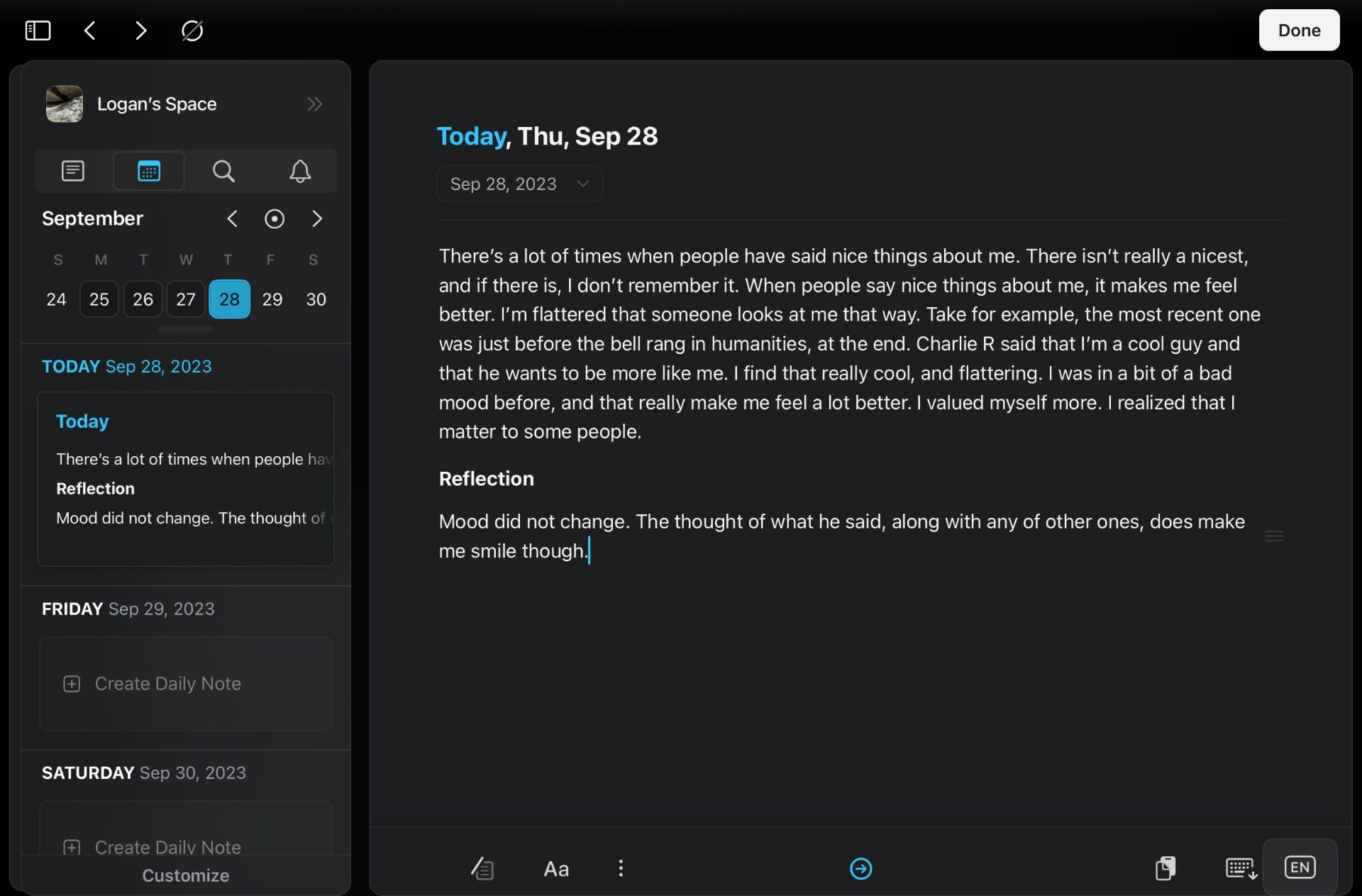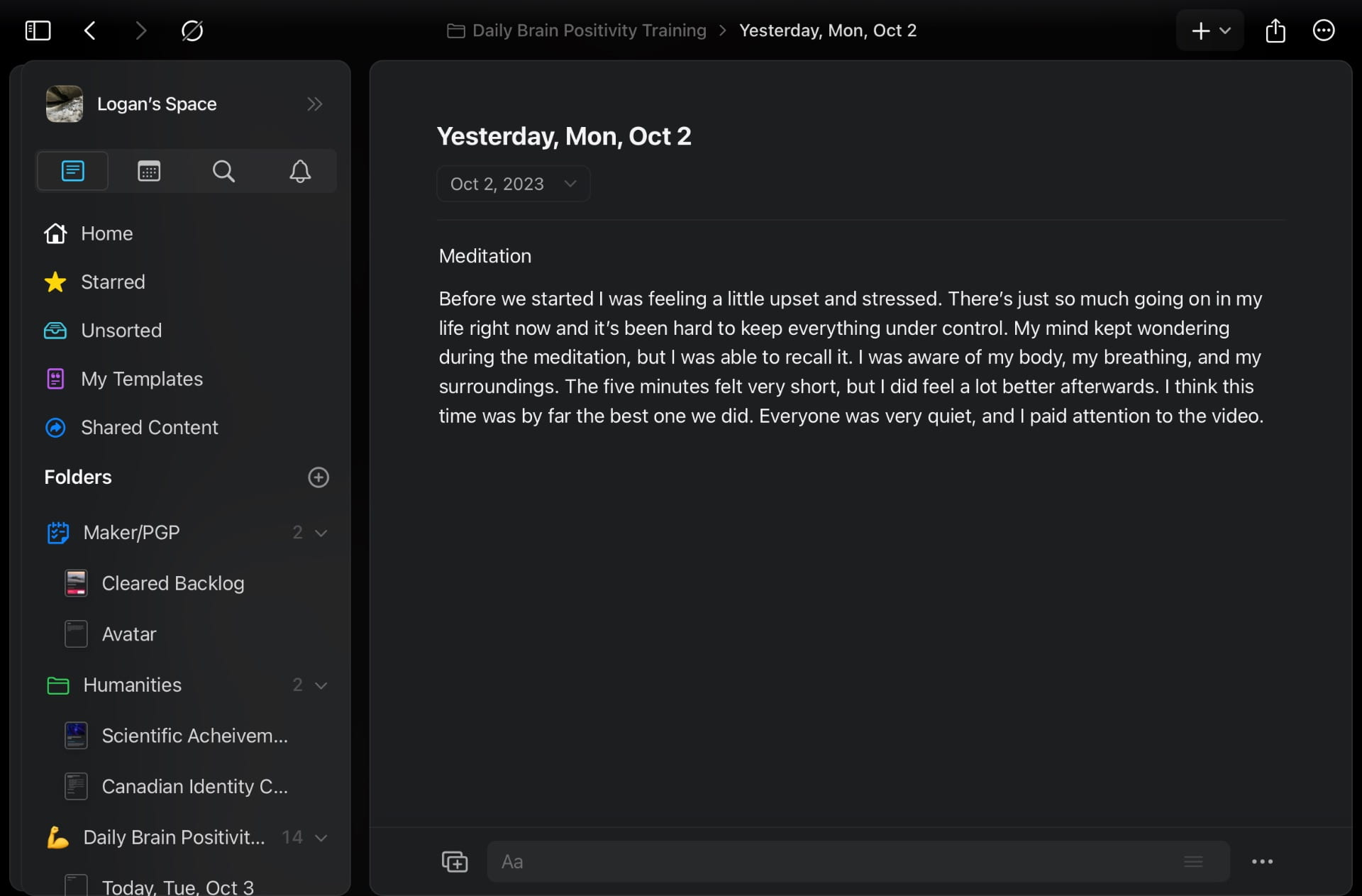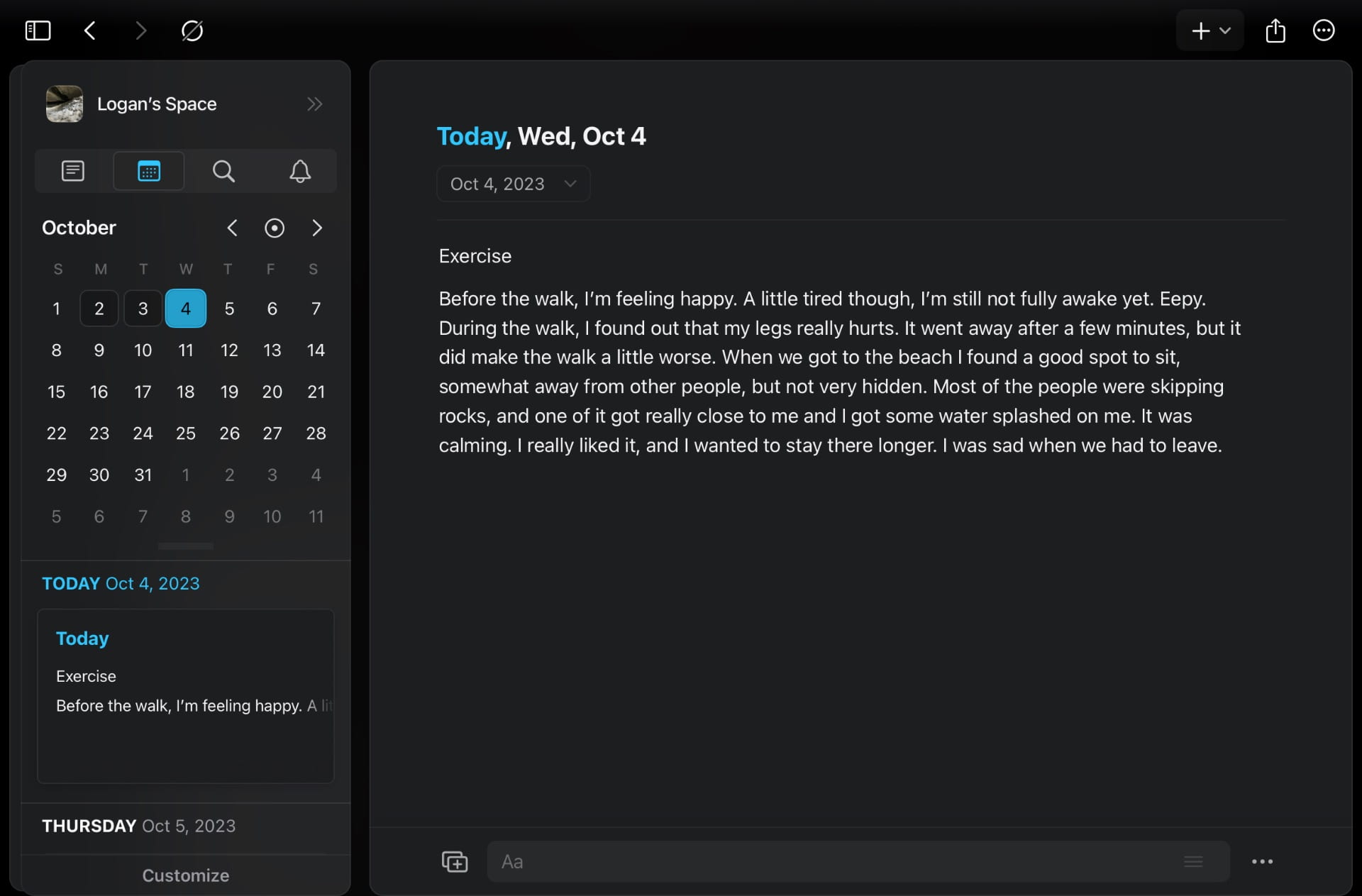Heeeelloooo people. Welcome, to another blog. The first PGP project is over. The driving question for this project is “What strategies can I use to maintain balance in my life and support my own learning?” In this project, we learned about various ways in which we can get to and maintain a steady well-being in our lives, and also what having a healthy life could do for us.
To start it all off, we did a few activities involving ourselves. We looked at our past and reflected on what went good, bad, ok, and ugly. I struggled a little bit doing this because I have a really bad memory. Thinking of anything that’s like past a month or so is really difficult, unless there’s something really big that happened. We also did our norms for PLP 10, but that’s not really a part of the project..? Ms Willemse then taught us a bunch of stuffs in one lesson, but I was too busy zoning off, being in my own little world to actually pay attention. As a result, I didn’t get anything in my head. I don’t remember what she said, and it could’ve been something important. At the end of class, we had to do small quick activity about our learnings that day. A 3-2-1 exit ticket; 3 things we learned, 2 ways we supported our own leaning that day, and 1 question that we still had. Since I didn’t know what we were taught, I could do it.
Daily Positivity Brain Training
To better understand what happiness can do for us, we watched a ted talk video called “The Happiness Advantage”. The guy in the video mentioned the importance of having a positive mindset, and how it helps us become a better person. It is said that when we are happy, we tend to work more efficiently and the quality of our work is better. He also told us a way to get to a happier state, a system of doing one of the things a day. Those things are: journaling, doing conscious acts of kindness, meditation, writing out 3 gratitudes, and exercising. The process takes a few weeks before getting any results. After the video, we summarized the key points of it and singled out the most important one.
We wanted to see if that system actually works, and so each of them were assigned a day. Meditation on Mondays, conscious act of kindness on Tuesdays, exercise on Wednesdays, journaling on Thursdays, and 3 gratitudes on Fridays. We write down everything in Craft’s daily notes feature, and reflect on how the activities made us feel, comparing with our feelings before and after we did them. At the end of the week, we write an overall summery to the week. This went on for 3 weeks.
At the start I was skeptical that this would actually work. After a week, I found that doing some of these thing did make me happier, on a short term. It could be really easily disrupted. The ones that I liked doing the most was the meditation and the exercice. Both of these things were the most effective. The journaling also worked. It made me feel better in a way that I cannot explain. At the end of the second week, still no clear results. It hadn’t boosted my positivity up. The last week ended, and…nope. Nothing. Maybe it’s just me though. Doing these things did help for a little bit, like its effects lasted maybe around an hour or so. It did nothing to my long term happiness, so overall, not really effective.
Next we looked at our productivity system, an app that PLP has provided us with and another app. The two apps we looked at were Things and the Calendar app. We learned how to time block upcoming events/activities on the app. We scheduled all of our classes on Calendar. I already use Calendar, so this wasn’t very difficult for me to do. It was a big hassle though, and it took a while before I finally finished time blocking everything. This isn’t really that much of a help to me, because I have the class schedule already memorized in my head. Now, it’s just kinda there. I don’t need look at it to see what class I have next.
On the other hand, I’ve never even used Things. I didn’t even know it existed most of the time. Thankfully Things is really easy to use, and I quickly got all the basic ideas down on how to set up a thing. I think Things is really helpful for me. I usually don’t get much work done on time, and so having Things to remind me that there’s something that I need to do is nice. It sends notifications, and whenever I have any notifications, I bugs me. All I want to do is make it go away, because I like to have my iPad clean and organized. So when there’s a little red circle thingy on top of Things, I notice it quickly and it would constantly catch my attention. That would then make me want to clear it, and to do that, I’ll have to finish whatever assignment that I have to finish. Since Things has been such a big help, I am still using it today.
The teacher wanted use to keep track and reflect on our learning not just when a project is over, but along the way as well. She made us make a space in our schedule to record and reflect on our learnings. I have a pretty bad memory, so this helped me, but I’m not doing this anymore. I just don’t have the time to do that. Another assignment was on Things. We made a weekly plan and weekly review, where we reflected on the past week and wrote down anything that was important enough that happened. Then we would make three goals that we would accomplish in the following week.
Clearing My Backlog
There was one keystone that really took me a long time to do. In the assignment, we had to “clear our backlogs”, meaning we had to clean and organize our three spaces; our physical, digital, and mental space. To start, I had to build buckets and capture everything in our three spaces. Then, once we have everything captured, we gotta organize it. That means throwing some things away, putting things where they belong, and identify what I have. Here’s my Backlog
For my physical space, I took pictures of my room and started to see what things I wanted to keep and what things I can put away or throw away. I looked at what I had and put them in categories. Most of the things that I threw away were just pieces of garbage laying around. Then I took another picture after I was done cleaning my room.
In my digital space I needed to capture and organize everything that’s on my iPad. Firstly, I took screenshots of some of the apps I use for doing my work. Apps like Pages, Notability, Craft, etc. I like to keep all the documents that I’ve created, just for memories. Instead of deleting the documents that I no longer need, I just put them away. I created tags to put each document under, making it more organized and cleaner.
The last space, my mental space. There’s a lot of things that I keep track of in my mind. It’s not really reliable though, cuz I can’t remember a lot of things and I can forget something that happened really fast. After I have wrote down the things in my head, I put them in two categories. Actionable, and not actionable. In actionable, I put those things as something that I can get done quickly, like between 1-60 minutes. Things that would take more that one day to complete are projects. In the non actionable place, I can either trash it, or put it as something that will be actionable someday.
After doing alll that, I write out what my future plans are for capturing and clearing my backlogs, and also when I will be doing it. For the times that I plan on learning my backlog, it all went into the calendar.
In the last few things that we did, we briefly looked at My Blueprint, learned how to create a resume, and did critique on our learning portfolio, aka our blog post. In My Blueprint, we learned what it contains, it’s features, like setting up goal, learning about what career we want to do and what school we want to go to. There were so many more things on there that we did not explore but nevertheless, we moved on. We briefly touched on how we can create a resume. Which apps are the best to use, and what to include in a resume.
For our blog posts, we did a speed dating style of critiquing. The class was split into two, and we were seated in circles. There was two parts to the circles. One outer circle and one inner circle. The people who were on the outer circles were the ones showing their blog post, and the people on the inner circles critiqued. We did a few rounds, with the people on the outer circle moving clockwise or counter clockwise so that we would see a different people after each round. Then we switched. People on the outside were now on the inside, and vis versa, and we did the same thing. I started on the inner circle. When people critiqued my blog post, they all told me that I should make an about me page, so I did.
In all of the things that I’ve learned in this project, I found that, to maintain balance in my life and support my own learning, I need to be able to manage my stress levels. If it goes too high, then balance is broken and I can’t learn. I need to take things off my mind, clear it. Then I can think better without having to remember so much stuffs. Using the apps that PLP provided can also help me in my learning. Using Things to keep track of all the assignments that I have to work on. I have also taken in one of the things from the daily positivity brain training activity, exercise. I like to just go on walks sometimes, short or long ones. This project was a lot, but in the end, I learned new ways of maintaining a balanced life.


